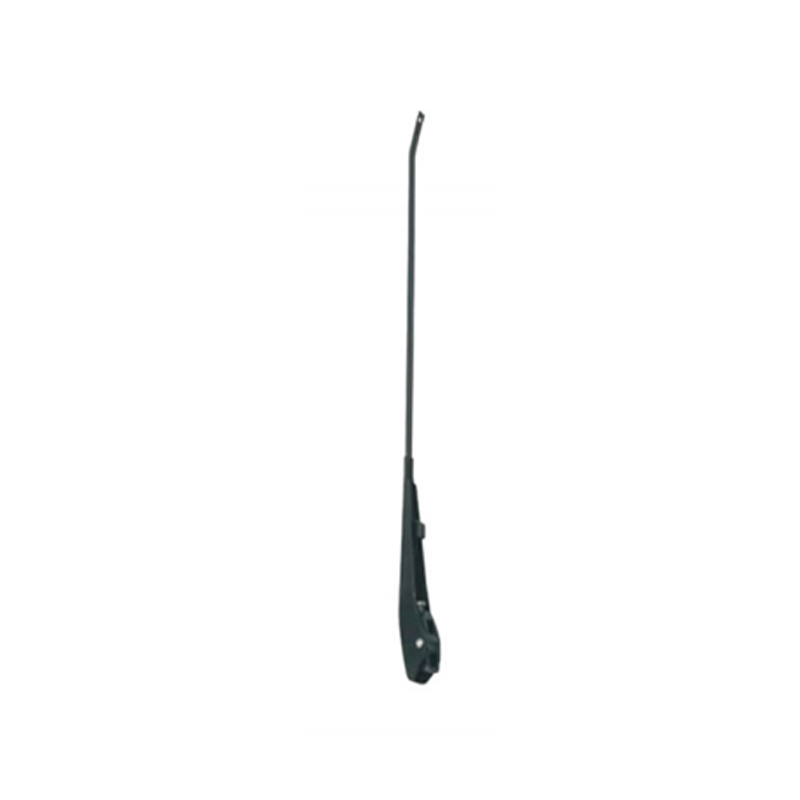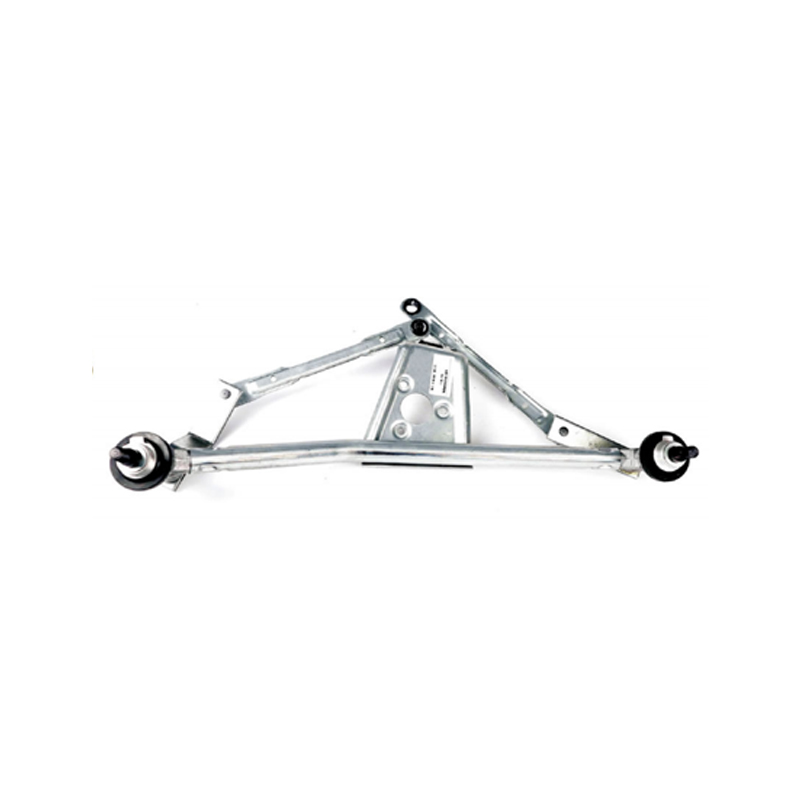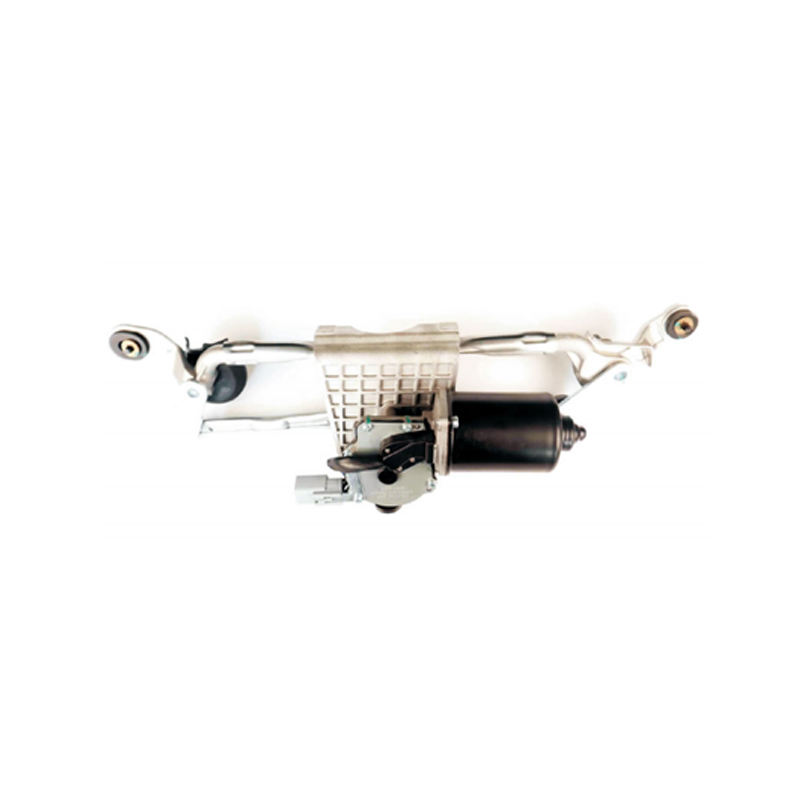 +86-0577-66009580
+86-0577-66009580
 juntmotor@126.com
juntmotor@126.com

Windshield wipers are essential for maintaining clear visibility in rainy or snowy conditions. However, many drivers often overlook the importance of the wiper arms themselves. Over time, these components can wear out, causing streaking, skipping, or even complete failure. The question is: do you need to replace them, or can a simple adjustment solve the issue? Understanding when to proceed with installing wiper arms or when removing wiper blade arms for adjustment is crucial for maintaining an effective wiper system.
Signs That Your Wiper Arms Need Adjustment
Before rushing to replace them, consider whether installing wiper arms is necessary or if a simple tweak can restore proper function. Here are common issues that indicate your wiper arms might just need an adjustment:
1. Uneven Wiper Movement – If one wiper moves faster or slower than the other, the alignment may be off. Removing wiper blade arms and adjusting their position could solve the problem.
2. Incomplete Contact with the Windshield – If the wipers aren’t touching the glass evenly, they may need a simple repositioning rather than replacement.
3. Chattering or Skipping Wipers – Sometimes, wiper chatter is caused by improper arm tension rather than damage. Adjusting the arm angle before installing wiper arms can resolve the issue.
4. Recent Windshield Replacement – After installing a new windshield, the wipers might not be positioned correctly. Removing wiper blade arms and reinstalling them in the correct spot can restore normal operation.
If your wipers exhibit any of these signs, an adjustment might be all that’s needed. However, if the arms are bent, corroded, or loose, installing wiper arms may be course of action.
When to Replace Your Wiper Arms
While adjustments can fix minor issues, there are times when installing wiper arms is the only solution. Here’s when you should consider replacement:
1. Visible Damage – If the arms are bent or cracked, removing wiper blade arms and replacing them is necessary.
2. Rust or Corrosion – Wiper arms are exposed to harsh weather conditions. If they are rusted, they won’t hold the blades properly, making installing wiper arms option.
3. Loose or Wobbly Arms – If the wipers don’t stay firmly in place despite adjustments, it’s time to consider installing wiper arms instead of repairing them.
4. Universal Wiper Arm Compatibility Issues – If your vehicle uses a universal wiper arm, ensuring a great fit is crucial. If adjustments don’t solve the problem, replacing them with a new universal wiper arm may be necessary.
Steps for Adjusting or Replacing Wiper Arms
If an adjustment is needed, removing wiper blade arms and repositioning them at the correct angle can improve performance. To do this:
1. Turn off the ignition and let the wipers rest in their default position.
2. Lift the arms away from the windshield and inspect them for damage.
3. Use a wrench to loosen the nut holding the arm in place.
4. Adjust the position and tighten the nut before lowering the arm back onto the glass.
If installing wiper arms is necessary, follow these steps:
1. Removing wiper blade arms by loosening the securing nut.
2. Aligning the new universal wiper arm with the mounting point.
3. Securing it in place by tightening the nut and ensuring proper alignment.
4. Testing the wipers to confirm smooth operation.
Determining whether to adjust or replace your wiper arms depends on the condition of the parts and their performance. If minor issues arise, removing wiper blade arms and making adjustments can restore efficiency. However, if the arms are damaged, corroded, or too loose, installing wiper arms is solution. For those using a universal wiper arm, ensuring proper installation is key to maintaining a clear windshield and safe driving conditions.

